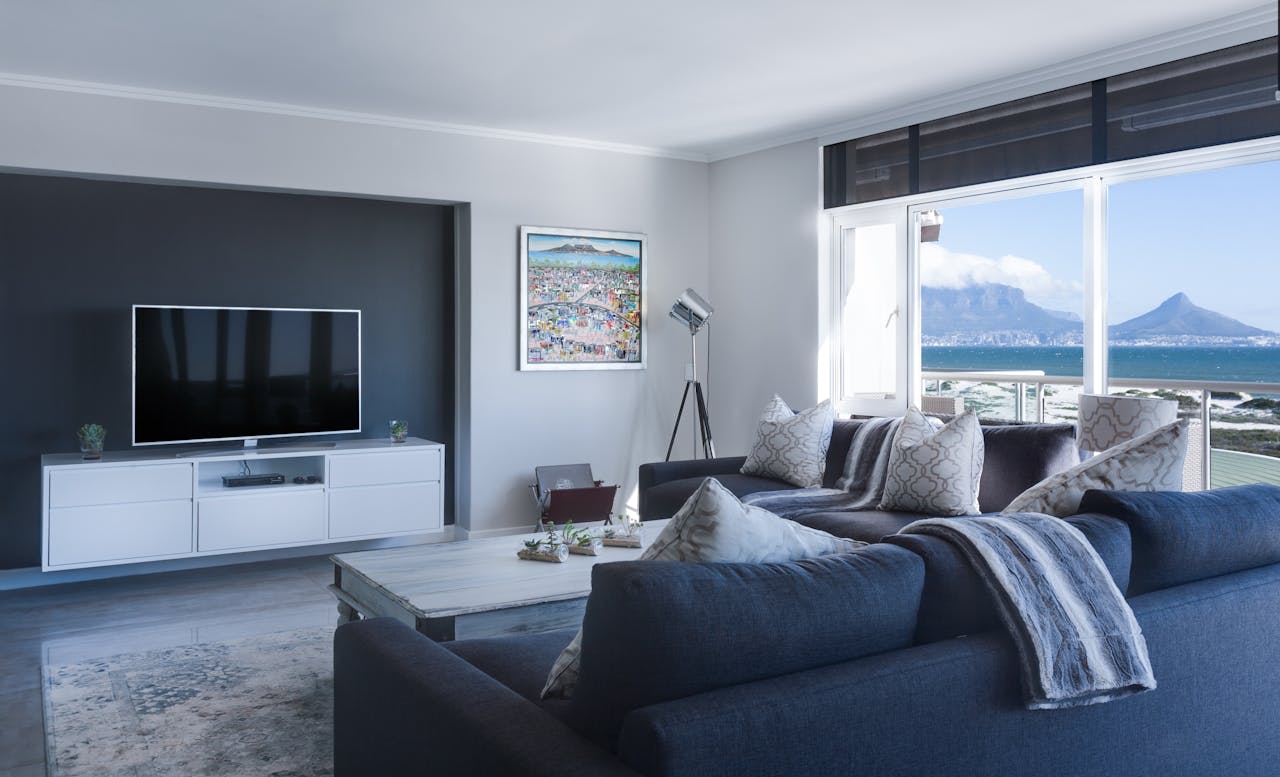WE MUST APPROACH DATA CENTERS NOT AS MERE TECi-NICAL CONTANERS, BUT AS VESSELS OF IMAGINATION, AND ELEVATETI-ER ARCHITECTURE TO MATCH THE BOUNDLESS CREATIVITY TPEY SUPPORT.
At the heart of architecture lies an intimate dialogue between the real and the imaginary. The design process begins not with the laying of a brick or the drawing of a line but with an idea—a spark ignited by the unexpected. There is always a source, a moment that serves as the beginning of this journey: a plant’s delicate growth, an animal’s movement, a figment of reality caught between waking and
dreaming, or even something as fleeting as a note from a song or a frame from a film. This first breath is the essence that breathes life into the creation, the invisible trigger that transforms vision into form.
Architecture, which is more than just a building, is the embodiment of this first breath. It is not just about solving spatial problems but about capturing the imaginary and weaving it into the physical world. This breath carries the senses—smell, vision, touch, and sound—all flowing together in harmony, asking the fundamental question: How will this creation feel?
The Imagination as a Catalyst
Design is fueled by imagination, and the architect serves as creator and interpreter ofthe initial spark. In every great design, there is a moment where reality meets fantasy, where a figment of the mind connects to something tangible. For some, the trigger might be the shape of a leaf, a silhouette of a tree in winter, or the texture of a rugged stone surface. For others, inspiration might emerge from less perceptible sources: a movie scene that evokes nostalgia, a song that captures the rhythm of life, or a sudden awareness of space and time that ties them to the environment. The challenge for the architect is to harness this trigger and translate it into something real.
The building, when complete, must not only stand as a testament to function and form but also speak to the invisible forces that first inspired it. The embodied imaginary is not just in the visual identity of a building, but in the air that circulates through it, the light that filters through windows, and the sound that fills its spaces. It is the architect’s responsibility to craft an environment where people can find themselves in both the imagined and the real. Once the path to creation is chosen,the next step is akin to sculpting from the raw essence of the idea.
This phase transforms abstract ideas into tangible realities, where every decision influences the atmosphere and emotional resonance of the space. Here, imagination and creativity flow into more concrete questions: What color does the sensation of floating have? Which texture embodies tranquility? Similarly, what materials or forms best capture the sensations of immersion, expansion, or curiosity?
The Art of Animation: Breathing Life into the Soulless
Animation is a craft where the extraordinary emerges from the ordinary, a process that gives soul to something soulless. In animation, as in architecture, this transformation requires an intimate understanding of the intangible.
A gesture, a movement, a shift in perspective—all contribute to the story being told, to the life that is being created. And much like architecture’s first breath, animation’s soul is born from the spark of imagination, a flash of inspiration that takes on form and rhythm.





























